Winter is the most expensive season for floor maintenance because flooring is one of the most important and expensive components of a building. In the winter, dirt, small pebbles in slush, and harsh alkaline residue from ice-melting compounds may wreak havoc on floors and put a strain on building budgets. As winter approaches, make sure you have a plan in place to protect your floors from the effects of snow, ice-melting chemicals, and the dirt that gets tracked in with both.
When ice melt is used outside of your facility, the melted residue is tracked inside and begins to assault your floors, causing significant wear and tear. Because prevention is less expensive than restoration, it’s only prudent to take precautions to protect your pricey floors from the ravages of the coming winter.
Here are ten proactive recommendations for keeping your floors in good shape before winter arrives.
1. Before the first snowfall, give your floors a light scrub and recoat them with a premium floor finish. A protection coat applied early in the season can help you get through the winter months and avoid a deep stain in all of the finish coats.
2. Add additional matting to all entryways. This will prevent ice melt chemicals and moisture from spreading throughout your building.
3. On cold winter days, wet vacuum your matting to minimize tracking in salt and wetness. It will also aid in the reduction of slips and falls, as well as the elimination of foul odors caused by moisture accumulating beneath the matting. On snowy, wet days, floor squeegees might also come in handy.
4. Use an automatic scrubber or carpet extractor to go over your outside and interior matting with a winter ice melt neutralizer solution. This will help remove the white haze from the matting and prevent ice melt residue from being tracked inside your structure. For a cold winter day, waterhog mats are the perfect option.
5. Switch your everyday neutral cleanser solution to a winter floor neutralizing solution on winter days when ice melt is applied outside. When it comes to removing ice melt components, neutral cleaners aren’t as successful as neutralizing solutions.
6. For optimal results, keep the mopping solution clean and replace your winter neutralizing solution regularly on the wettest days.
7. On those very abrasive days, increase the frequency of your mopping and auto scrubbing.
8. Clean out your automated scrubbers regularly to avoid ice melt residue damaging your equipment or allowing bacteria to grow.
9. To extend the life of wet mops, rinse and wring them out.
10. Mop buckets should be cleaned and rinsed regularly. Rinse with a disinfectant solution if unpleasant odors develop.
If you follow some or all of the above suggestions, your flooring should survive the winter with less damage, saving you money and time in the spring. You may even be able to avoid a full strip and recoat depending on the severity of the winter!
To protect and remove ice melt residue, use a floor neutralizer
Ice melt residue will be tracked past your facility’s door, even with the greatest entryway matting system. This can harm your floors and create an ugly white residue all over your property.
Ice melt contains harsh elements (such as salt) that might cause floor cleaners to react negatively.
When used to remove ice melt residue from floors, regular floor cleaners might cause damage. The salt residue has a high pH balance (opposite dirt), necessitating the use of a floor neutralizer to eliminate it. Regular floor cleaners are poor at removing ice melt and leaving a white residue behind.
A floor neutralizer is the most effective approach to eliminate ice melt residue. Ice melt chlorides, soap, and hard water films, as well as scum, scale, and other organic residues, are all dissolved by floor neutralizers. A floor neutralizer can be applied with a mop and bucket or an automatic floor cleaner for greater efficiency.
It is recommended that you mop a facility’s entranceway once every two hours in the winter to remove moisture and other dirt in high-traffic areas such as retail stores or large office buildings.


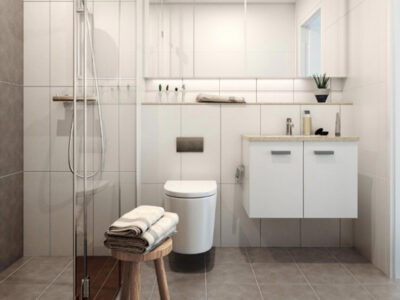
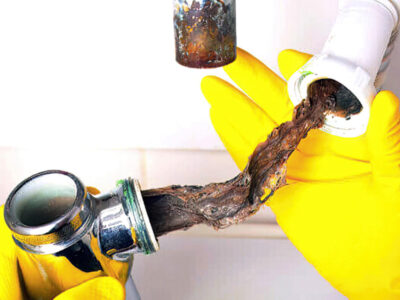
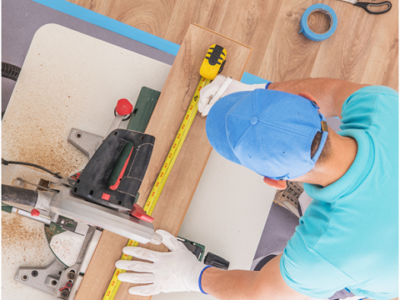

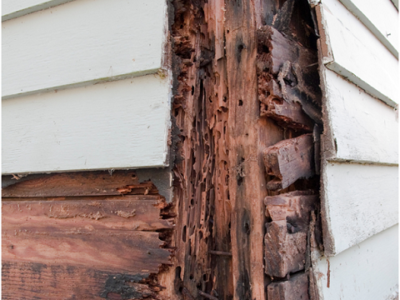
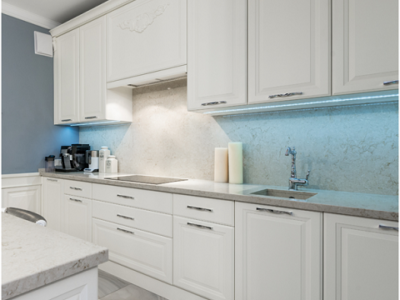
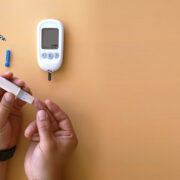





Comments